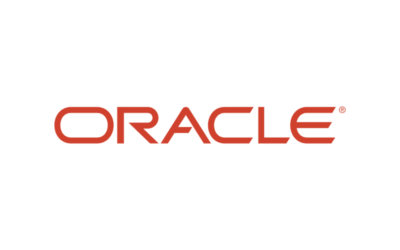Innovation’s Demands
Innovation is both natural and unnatural. While the development of new technologies is inevitable, it doesn’t occur spontaneously. Bringing useful, innovative technology to market is challenging, often involving extensive market research, hardware and software development, highly skilled personnel, and integration of enabling technologies. Most importantly, innovation demands vision, deep customer insight, and a focus on creating new value in the marketplace. This creation of new value distinguishes invention from truly disruptive innovation.
Adoption is Required – and that takes time
Thomas Edison famously stated, “Anything that won’t sell, I don’t want to invent.” The sales of inventions prove their utility and success. Disruptive innovations, although initially slow to demonstrate utility, ultimately prove far more useful than expected. Therefore, these inventions may take longer than popular media suggests to reach full fruition.
In 1964, Isaac Asimov made predictions about society in 2014, envisioning kitchens preparing “automeals” and appliances powered by radioisotopes. Though these inventions are not yet commonplace, it doesn’t mean they won’t materialize eventually.
The term “disruptive innovation” describes a new market that displaces existing technology, as seen with email replacing postal mail, smartphones replacing personal computers, and downloadable media replacing physical formats like CDs. However, true disruptive innovation can sometimes take longer than anticipated.
New-to-World Innovation Can Be Disruptive
In his 2003 book, “The Innovator’s Solution,” a Harvard business professor distinguished between “low-end disruption” and “new market disruption.” The latter involves capitalizing on emerging markets not currently served by existing industry players.
Aethon exemplifies this approach, fitting into the new market disruption category by pioneering service robotics in healthcare. Their autonomous mobile robots innovate by automating supply and medication delivery, though this evolution took time to gain acceptance.
But, It’s Plain Hard Work
Rodney Brooks, co-founder of iRobot, explained in a recent interview why robotics progress may seem slower than expected: “We’ve done 50 years of research and it hasn’t changed the world. Why not? Robotics is just really, really hard.”
While today’s robotics experts may feel innovation is lagging, robots are already making significant impacts by saving time, labor, aiding the disabled, and optimizing hospital resources. This is sparking discussions about robotics’ role in the workplace, as evidenced by articles like “More Robots Won’t Mean Fewer Jobs” on Harvard Business Review.
Innovations Must Fit Into the Very System They are Designed to Change
Disruptive innovations hinge on exchanging invention for value with willing participants who derive greater benefit than the cost or effort involved. However, they also require resetting expectations, behaviors, and norms. As these factors evolve, significant changes begin to occur—much like the current state of robotics innovation




